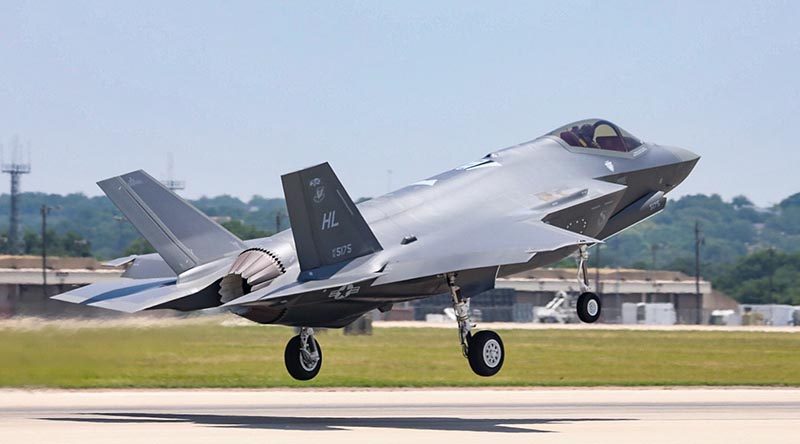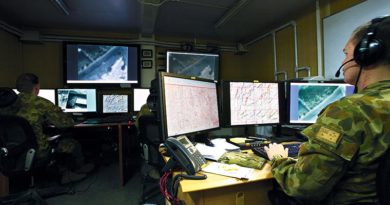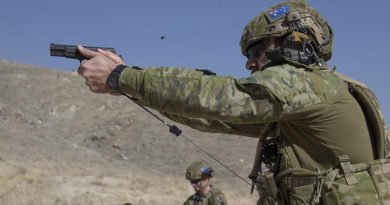300th F-35 delivered

The F-35 Joint Program Office and Lockheed Martin yesterday delivered the 300th production F-35 aircraft.
CAPTION: The 300th F-35 (an F-35A for the US Air Force) departs Lockheed Martin’s Fort Worth, Texas, facilities for deliver to the customer. Lockheed Martin photo.
The 300th aircraft was a US Air Force F-35A, to be delivered to Hill Air Force Base, Utah.
Program executive officer for the F-35 Joint Program Office Vice Admiral Mat Winter said the F-35 weapon system was a key enabler of US national defense strategy and was providing warfighters the combat-proven* advanced capabilities they needed to meet mission requirements.
“The 300th production aircraft delivery is a significant milestone that highlights the effective F-35 Enterprise collaboration across the [Joint Program Office], US services, partners and industry,” he said.
“Moving forward, our F-35 team remains committed to driving costs down, quality up and faster delivery timelines across our development, production and sustainment lines of effort.”
The first 300 F-35s include 197 F-35A conventional takeoff and landing (CTOL) variants, 75 F-35B short takeoff/vertical landing (STOVL) variants, and 28 F-35C carrier variants (CV) and have been delivered to US and international customers, including Israel, which was the first country to use them in combat.
More than 620 pilots and 5600 maintainers have been trained, and the F-35 fleet has surpassed more than 140,000 cumulative flight hours.
Lockheed Martin vice president and general manager of the F-35 program Greg Ulmer said that as production volume increased and additional efficiencies were implemented, Lockheed Martin was on track to reduce the cost of an F-35A to $80 million by 2020, which was equal to or less than legacy 4th generation aircraft.
“With the incorporation of lessons learned, process efficiencies, production automation, facility and tooling upgrades, supply chain initiatives and more, the F-35 enterprise has already significantly reduced costs and improved efficiency,” Mr Ulmer said.
“For example, the price of an F-35A has come down more than 60 per cent from the first contract, touch labor has been reduced by about 75 per cent over the past five years and production span-time has decreased by about 20 per cent since 2015.
“The F-35 enterprise met its 2017 delivery target of 66 aircraft, representing more than a 40 percent increase from 2016. In 2018, the team is targeting 91 aircraft deliveries and is preparing to increase production volume year-over-year to hit a rate of approximately 160 aircraft in 2023.”
Australia has taken deliver of its first five F-35As, all of which are based at Luke Air Force Base, Arizona, where they operate as part of the global training fleet and recently clocked up a combined 1000 sorties.
*On 22 May 2018, Israel’s Air Force Chief confirmed (in this video) that Israel had flown F-35 combat missions over Syria.
.
.
.
.
.
.

.
.





